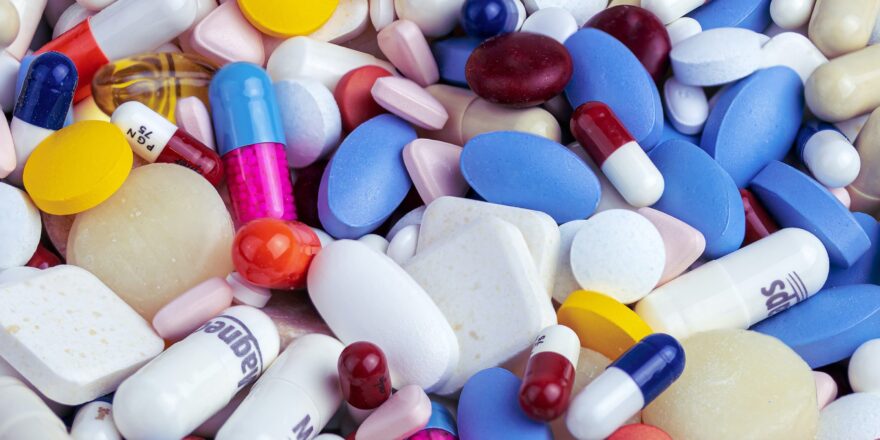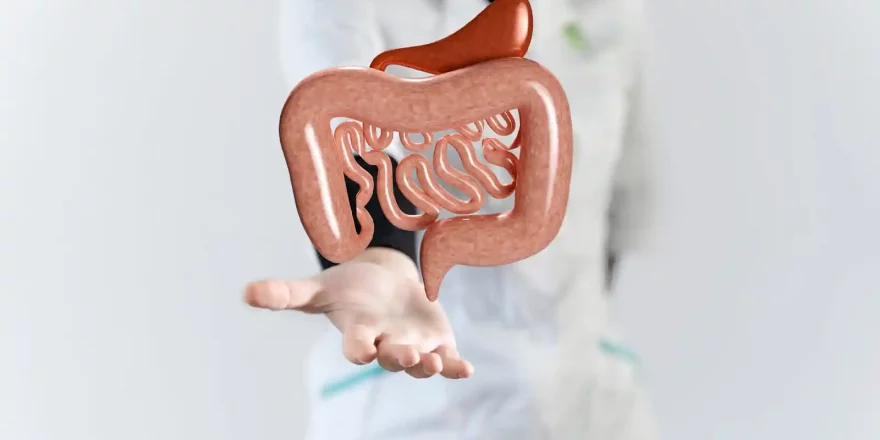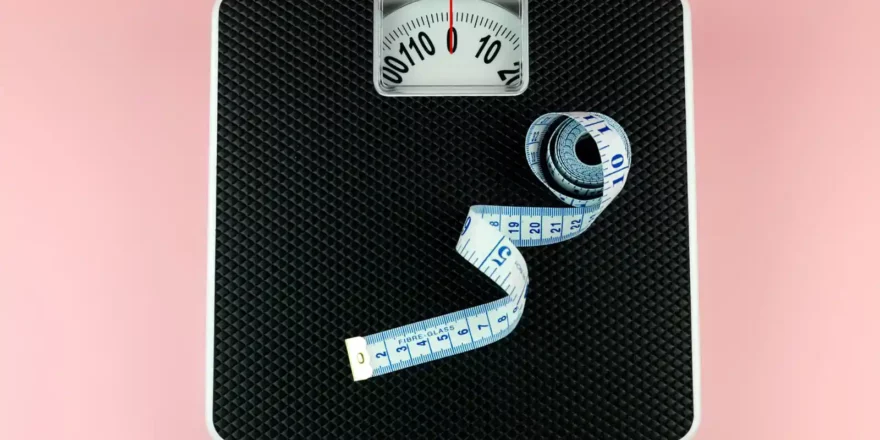Lifestyle Factors are all about managing what you have, rather than excluding or making dramatic changes. It’s possible to directly change five of the six factors, which then alter the impact of the sixth (age) on fertility levels. Lifestyle choices can dramatically improve or worsen health and fertility, and enhancing your health through lif...
Lifestyle Substances
Lifestyle Substances are things we can adjust how much we have in our lives. They all affect health and fertility, and managing how we engage with them is a lot easier once we know how they affect us, for better or worse. Not all the substances we list are bad; some drugs keep us alive, and supplements can be excellent at the right doses for ...
Drugs and Fertility
Lots of drugs affect fertility, and some of them are essential for fertility treatments, but many of them significantly reduce the chances of conception. When we say “drugs”, we’re including hormones and all prescription and non-prescription medications, some of which can cause permanent damage to sex organs and sterility. Most of the research...
Age and Fertility
Age alters conception rates because hormone levels, sexual reserves and structures change over time. This is true for both sexes, and most women experience a gradual fall in fertility from their late teens to about 32 as egg numbers fall. This trend escalates from about 35, as egg numbers become increasingly important. i However, male fertilit...
Emotions and Fertility
Emotions directly affect fertility levels, which can be a challenge, as getting pregnant is both an emotional and a physical journey. The emotional ride varies from person to person, but after a year of trying and no conception, the emotional journey gets tougher for everyone. The word “infertility” starts to be used, and expectati...
Exercise and Fertility
Exercise directly affects health and fertility, making it a great tool to improve hormone levels, adjust weight and reduce appetite. Excess weight is the problem most people face, and increasing exercise improves the fertility of most men and women, but we’re not all the same, and this isn’t true for everyone. The morefertile® Pers...
Microbiome and Fertility
The microbiome is the tens of trillions of bacteria and other organisms (viruses, retroviruses, fungi and archaea) that live on and in us, and the gut alone has 1.5–2kg of microbes. They digest food, produce essential enzymes, anti-inflammatories and vitamins (including the B’s and K) that we can’t make ourselves, plus regulate sex (and ...
Weight and Fertility
Weight is a core issue for sex hormones and fertility; a classic example of this is the menarche (a girl’s first period) has been stable to an average weight of 104.5 lbs (47.5 +/- 0.5 Kg) for the last 120 years. However, girls now reach that weight (and the menarche) at about 12½, while it was 16½ in 1900. This dramatic four-year remodelling...
Alcohol and Fertility
Alcohol has played its part in many a pregnancy, but when a couple really wants a baby, it’s not helpful as it affects eggs and sperm health, which can have long-term consequences for children. The impact of small amounts of alcohol on fertility isn’t known and probably varies with personal tolerance to alcohol, and the official advice is it’s...
Caffeine and Fertility
Caffeine is a stimulant in coffee, tea, chocolate and some soft drinks and an integral part of most cultures. Caffeine can reduce female fertility as the ‘pick-me-up’ or energy boost is stimulating in a similar way to drugs like cocaine, and regular intake can cause dependence as they feel flat and lethargic without it. Tea, chocolate and cof...










